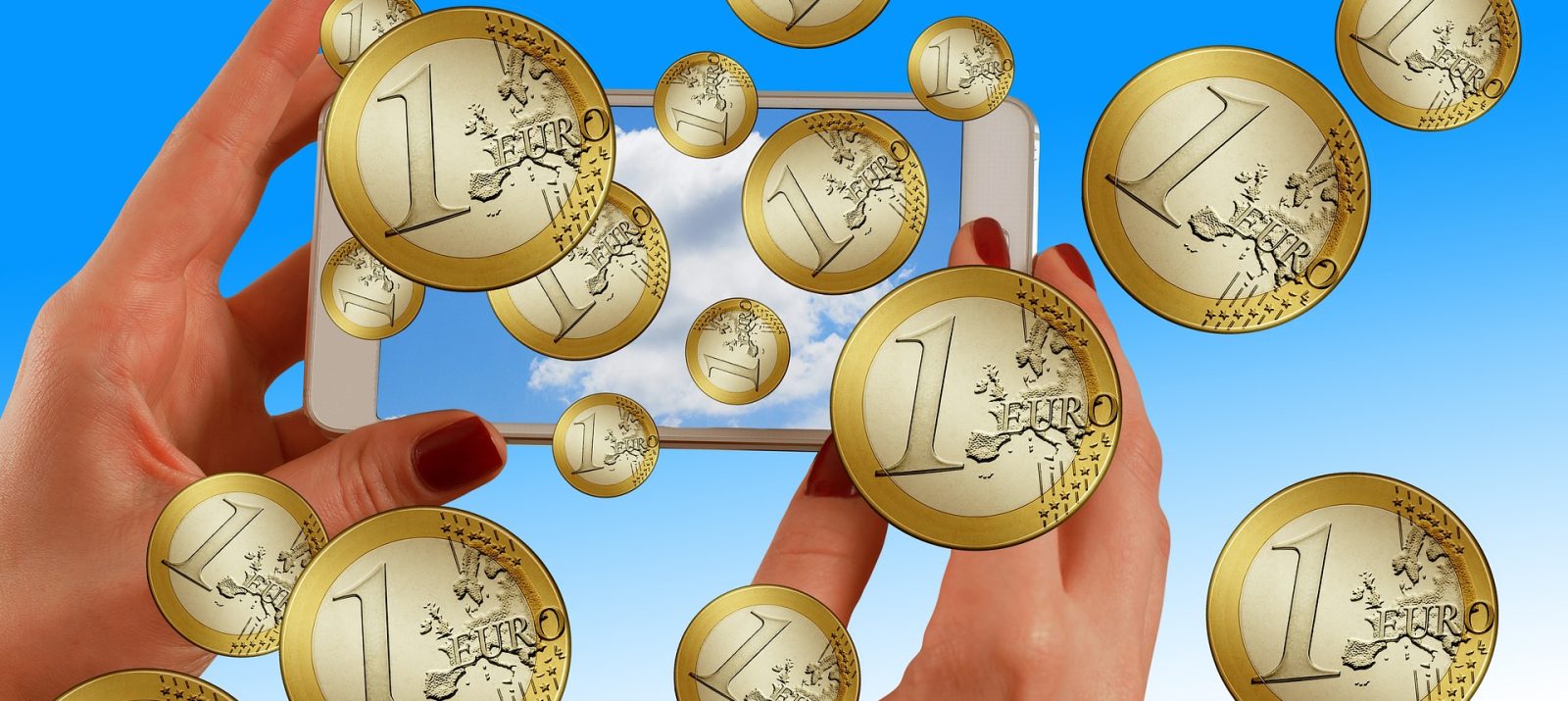
Free access to the latest music videos from around the world, endless cooking recipes, and the latest news every hour – for a long time, this was commonplace on the web. Meanwhile, more and more advertising can be found on websites and in apps, or we are lured with premium offers and subscriptions. This can be annoying and seem like a rip-off, but there are good reasons to invest or charge money for certain content.
A lot of content is consumed digitally these days: We listen to music via streaming, read newspaper articles online, listen to podcasts on Spotify and watch videos on YouTube or other platforms. There is often just as much work behind this content as in a printed book or CD. With the development of online offerings, new content has been added that did not exist before, such as let’s play videos. Many influencers, gamers, YouTubers, artists, etc. who distribute their content online earn a living from it. Among other things, this is possible via Advertising. It is ubiquitous on the Internet. Those who find advertising annoying can pay to use certain offers free of advertising. Many popular platforms offer their content ad-free from the start – but only after paid subscriptions are taken out. The aim of such strategies is to convince more and more users to pay for good content.
Meanwhile, there is an increasing awareness of data protection. Not everyone consents to the use of cookies when visiting a website. Stricter laws around data protection and the protection of minors make it more difficult to earn money through advertising, as companies can no longer make personal ads as easily. That’s why website writers are looking for additional ways to make money. On the pages of newspapers, cookies and advertising usually have to be agreed to in order to use the offer at all. Others offer additional payment options or paid subscriptions. With the paid Premium subscription from X, for example, posts can be edited. YouTube Premium makes it possible to play music even when the app is closed.
In addition, there are other ways for artists to earn money online. Read more in our article Patreon, Steady & Co.
There are several reasons why many who could afford it financially still struggle with online paid offerings: First, we have long been used to accessing content on the Internet for free. Second, the content is not really tangible because it is digital. It can be hard to give them the same value as a book or newspaper. Third, many of these offerings only work if Internet access is available. Although some providers also offer the option of storing content offline, this requires at least power and memory. If the subscription is cancelled, the paid content can usually no longer be accessed. So you’re only paying for permission to use content, not to own it, as you would with a CD. In addition, some payment models do not fit our ideas. For example, we may only want to read one article and not take out a monthly subscription for it. Or we shy away from signing up for a free trial for fear of missing the cancellation deadline.
Make your child aware of the value of online content. Talk about the fact that there’s a lot of work behind it, whether it’s a movie, a song, or an interesting text. Think together about what content you want to invest money in. If your child likes to spend money on something, he should not lose track of it. Make sure your child cannot access saved payment information.